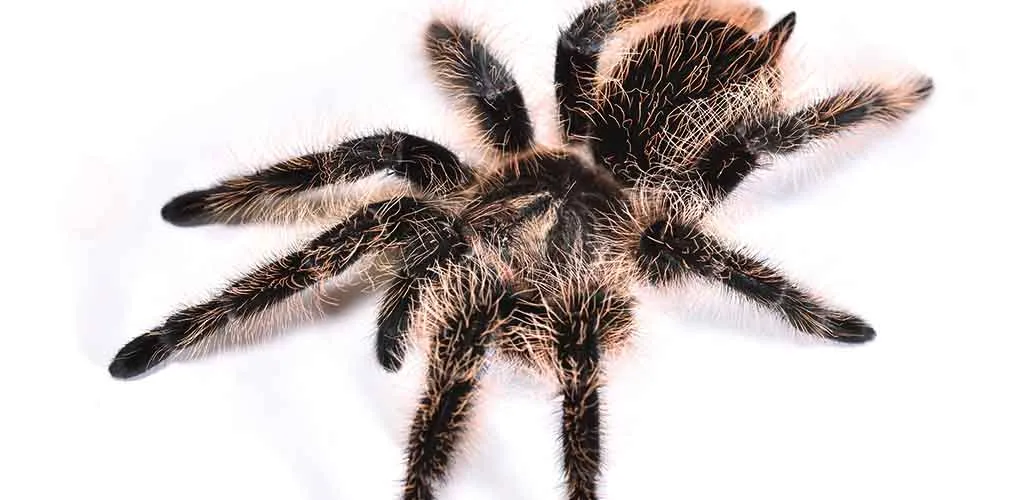Choosing Your Curly Hair Tarantula
Bringing home a Curly Hair Tarantula can be an exciting experience. These docile and beautiful arachnids make captivating pets, but their well-being hinges on your initial selection. Before acquiring a Curly Hair Tarantula, it’s crucial to choose a healthy specimen. This involves careful observation and a discerning eye. Remember that the health of your tarantula directly influences its lifespan and the joy it brings.
Healthy Appearance
A healthy Curly Hair Tarantula should have a plump abdomen, indicating it is well-fed and hydrated. Check for any signs of injury, such as missing limbs or damage to the pedipalps or fangs. The legs should be intact and move fluidly. Avoid tarantulas that appear lethargic or uncoordinated. The tarantula’s hairs should be vibrant and dense, a sign of good health. Dull or sparse hairs can indicate stress or molting issues.
Activity Level
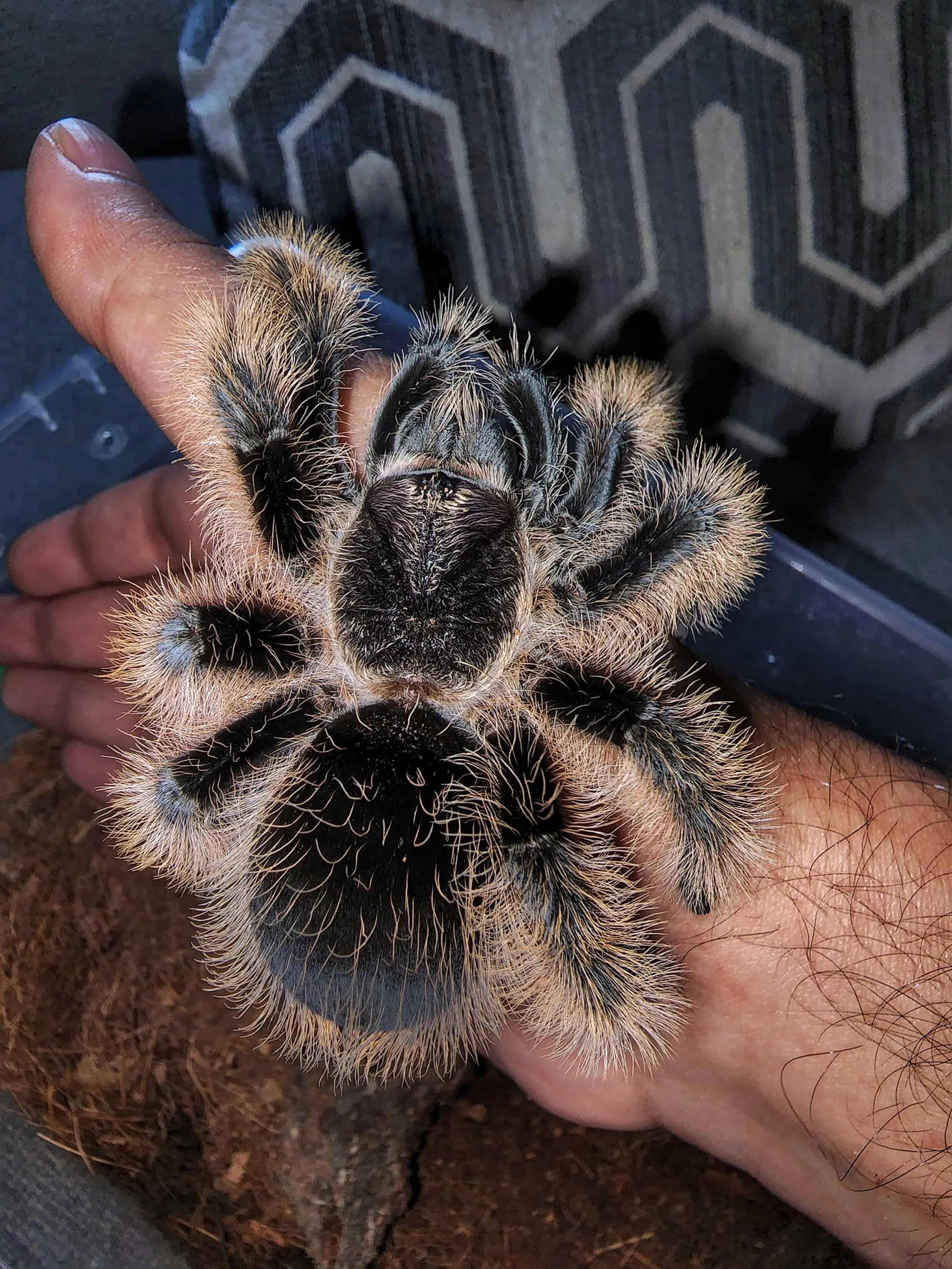
Observe the tarantula’s activity level. While Curly Hair Tarantulas are generally not overly active, they should exhibit some movement. A tarantula that remains motionless for extended periods may be unwell. Look for signs of alertness, such as a response to disturbances. However, be aware that some tarantulas may become more reclusive after being moved to a new enclosure, so allow a few days for acclimation before forming a judgment.
Size and Age
Consider the size and age of the tarantula. Younger tarantulas are often more delicate and require extra care. While a smaller tarantula may be cheaper, it may also be more vulnerable. Ensure you have the proper enclosure size for its current stage of development. If possible, inquire about the tarantula’s age from the seller. Knowing its age can help you anticipate its molting cycles and growth.
Housing Your Curly Hair Tarantula
Proper housing is fundamental to the well-being of your Curly Hair Tarantula. A suitable enclosure provides the necessary environment for its physical and psychological health. The size, substrate, and furnishings all play a vital role in mimicking its natural habitat and promoting its overall well-being. Creating a comfortable environment will make your tarantula more likely to thrive and display its natural behaviors.
Enclosure Size
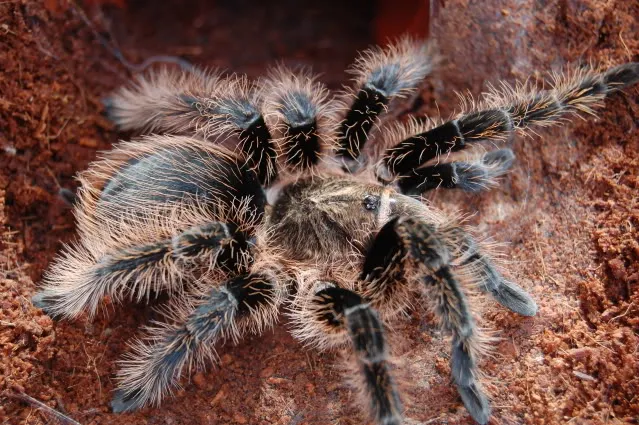
The size of the enclosure should be proportionate to the tarantula’s size. A general guideline is to provide an enclosure that is at least three times the tarantula’s leg span in width. A juvenile tarantula can start in a smaller enclosure and be upgraded as it grows. Avoid enclosures that are too large, as they can make it difficult for the tarantula to find food and make it feel exposed and stressed.
Substrate Requirements
The substrate should be about 2–4 inches deep to allow the tarantula to burrow if it chooses. A mix of peat moss, coconut fiber (coir), and vermiculite is an excellent substrate. This mix retains moisture well, which is crucial for maintaining the appropriate humidity levels. Avoid substrates that are dusty or can be harmful to the tarantula. The substrate should be kept clean to prevent mold or mites from developing.
Providing Hides and Decorations
Provide a hide, such as a cork bark, half log, or artificial cave. This will allow the tarantula to feel secure and retreat when it feels threatened or wants to molt. Include other decorations, such as artificial plants or driftwood, to make the enclosure more natural and provide additional hiding spots. Ensure that all decorations are secure and will not topple over and potentially harm the tarantula.
Temperature and Humidity
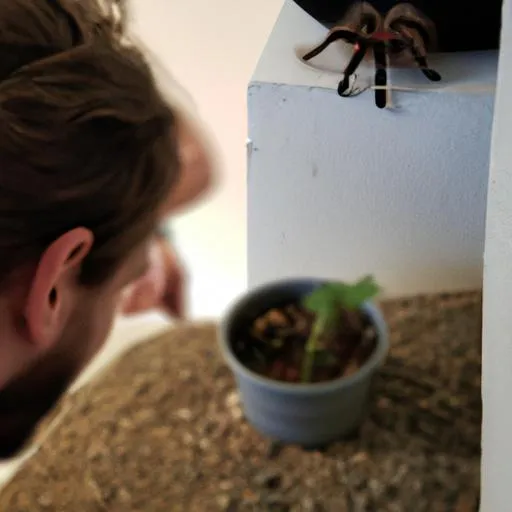
Curly Hair Tarantulas thrive in a temperature range of 75–85°F (24–29°C). You can maintain this with a heat mat on the side of the enclosure. Humidity should be maintained between 65–75%. Mist the enclosure lightly with dechlorinated water every few days, depending on your humidity levels. A hygrometer is useful to monitor the humidity levels. Ensure adequate ventilation to prevent mold growth.
Feeding Your Curly Hair Tarantula
Proper feeding is essential for a healthy Curly Hair Tarantula. The diet of a Curly Hair Tarantula in captivity typically consists of insects. Providing the right type of food and the correct feeding frequency will help to ensure your tarantula grows and molts successfully. Overfeeding should be avoided, as it can lead to health problems.
Appropriate Prey
The primary diet of a Curly Hair Tarantula should consist of appropriately sized insects. Crickets, mealworms, and dubia roaches are common and nutritious choices. The prey should be no larger than the size of the tarantula’s body to prevent the tarantula from becoming overwhelmed. The prey should be gut-loaded before being fed to the tarantula to enhance its nutritional value. Avoid feeding wild-caught insects, as they may carry parasites or pesticides.
Feeding Frequency
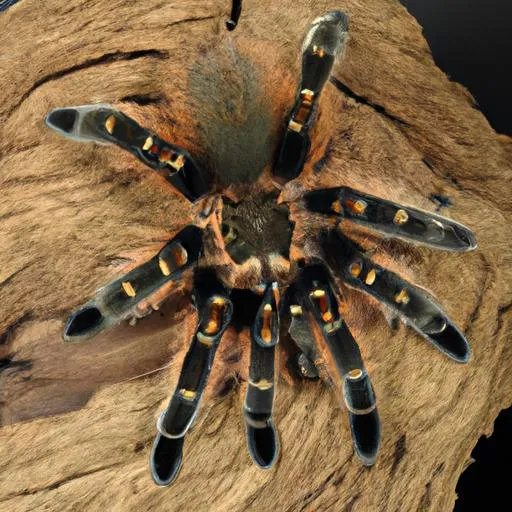
The feeding frequency will vary depending on the tarantula’s age. Spiderlings and juveniles should be fed more frequently, typically two to three times a week. Adult tarantulas can be fed less often, usually once every one to two weeks. Adjust the feeding frequency based on the tarantula’s appetite and body condition. Remove any uneaten prey within 24 hours to prevent stress and mold issues.
Watering Your Tarantula
Clean, fresh water is crucial for your Curly Hair Tarantula. Always provide a shallow water dish with fresh water. The water dish should be shallow enough to prevent the tarantula from drowning. Ensure that the water dish is cleaned regularly to prevent the growth of bacteria and algae. Mist the enclosure occasionally to provide additional moisture, particularly during molting.
Handling and Interaction
Handling a Curly Hair Tarantula is generally not recommended. While they are known for their docile nature, handling can still cause stress. In addition, tarantulas can be surprisingly fast and, if startled, may bite or drop, leading to injury. The more you understand your tarantula’s behavior and respect its space, the more likely it is to live a long and healthy life.
Understanding Tarantula Temperament
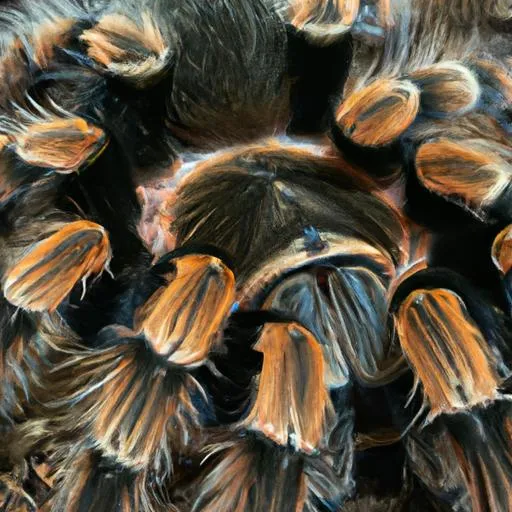
Curly Hair Tarantulas are generally docile and have a reputation for being relatively calm tarantulas. However, each tarantula has its personality. Some may be more skittish and defensive than others. Before any interaction, observe the tarantula’s behavior. If the tarantula is in a defensive posture (raised front legs, fangs bared), it is best to leave it alone.
Minimizing Stress
If you need to interact with your tarantula, do so with great care. Handle the tarantula only when necessary. Approach it slowly and gently. Never drop the tarantula. If the tarantula is moving, try to gently nudge it into a container rather than grabbing it. Avoid sudden movements or loud noises near the enclosure. These things can cause stress. Providing a secure and stable environment in a quiet area will also help minimize stress.
Health and Common Issues
Even with the best care, your Curly Hair Tarantula may encounter some health issues. Knowing how to identify and address these problems is essential for ensuring your tarantula’s well-being. Regular observation is key to noticing any changes in your tarantula’s behavior or appearance. Prompt action can often prevent minor issues from becoming severe.
Moulting Process
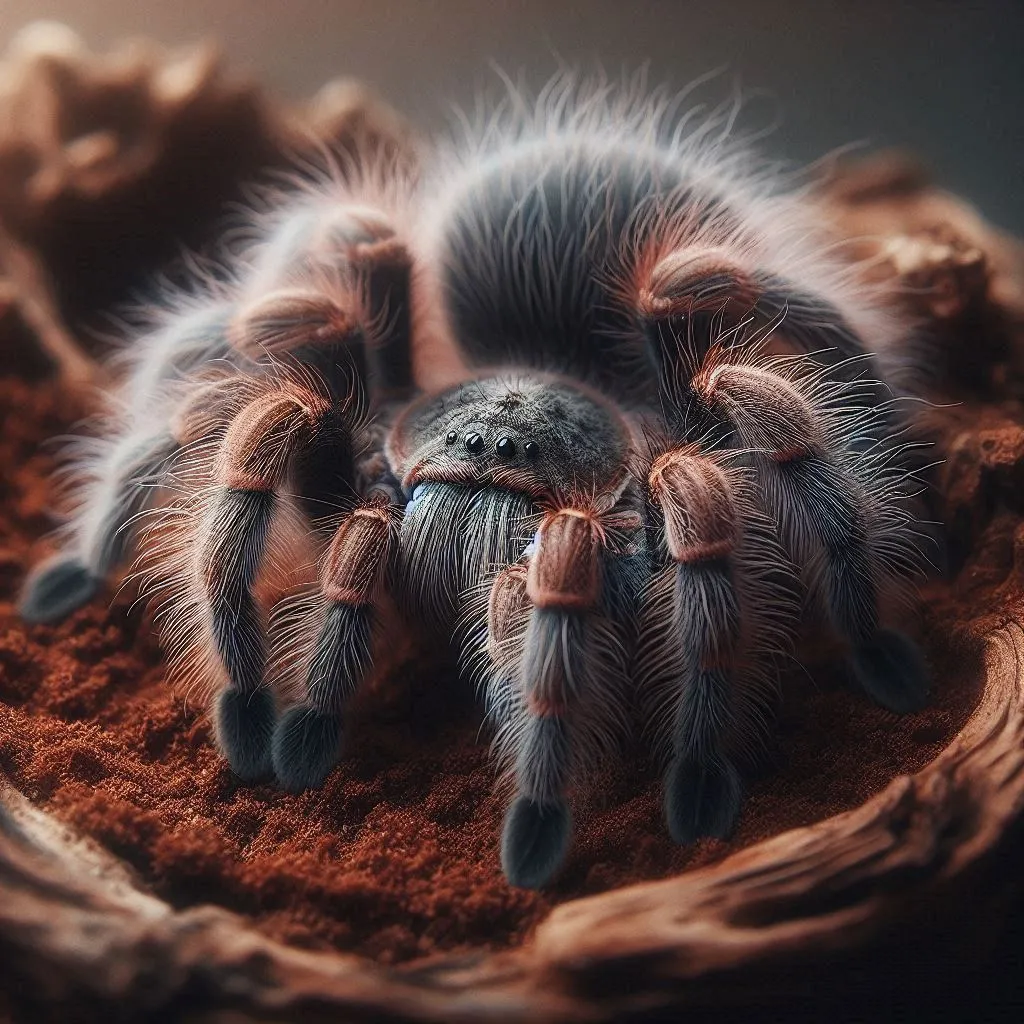
Moulting is a natural process where the tarantula sheds its exoskeleton to grow. This process can be stressful for the tarantula, so it is crucial to provide a suitable environment. Before moulting, the tarantula may become reclusive and stop eating. The tarantula will usually flip onto its back during the moulting process. Do not disturb the tarantula during this time. After moulting, the tarantula’s new exoskeleton will be soft. Do not feed it for a week or two until its fangs have hardened.
Identifying and Addressing Problems
Common health problems include mites, parasites, and fungal infections. Mites can often be identified by small, moving dots on the tarantula or in the substrate. Parasites are rare in captive tarantulas but can be introduced through live prey. Fungal infections can occur if the enclosure is too humid or has poor ventilation. If you notice any of these issues, consult a veterinarian familiar with arachnids. Provide a clean and well-maintained enclosure and always quarantine new tarantulas. Seek veterinary advice if you are unsure about the health of your tarantula.
Conclusion
Caring for a Curly Hair Tarantula can be a rewarding experience. With the correct knowledge and care, you can provide your tarantula with a long and healthy life. By following these guidelines, you can ensure your tarantula will thrive. Remember to create a suitable environment, provide appropriate food and water, and handle it with care. Regular observation and prompt action in response to any health issues are also crucial. Enjoy the fascinating world of tarantula ownership.
